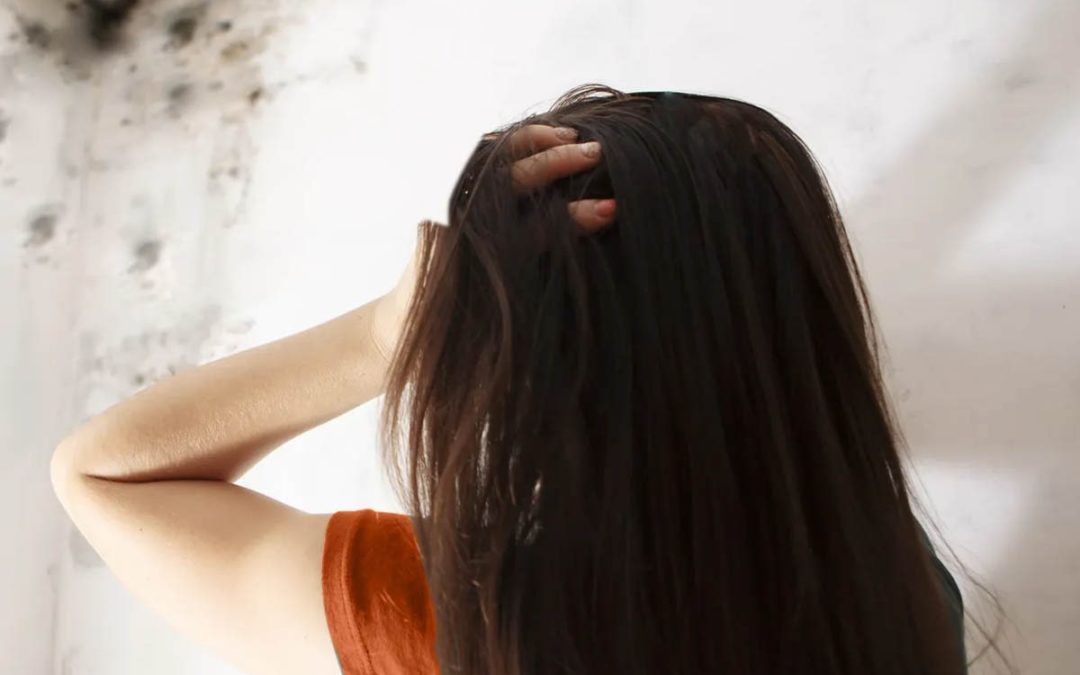toxic mold
Witnessing mold in your house growing on a large scale is an important matter as far as health is concerned. Mold growing on an old piece of bread can often freak out children. But if you have mold in your home, it is usually a high-level problematic condition. Mold might go unnoticed at first as it grows usually in the edges and corners of your home. But if you start witnessing weird health issues, then there must be signs that the mold in your home has become toxic.
Signs that you have toxic mold in your home are important to take note of. This is because mold is not always visible and is often hard to spot. If you wish to stay away from the harmful effects of mold, it is important to clean the entire house properly every week.
Mold effects on our body
Toxic mold can bring with it, some of the most serious health problems. Usually all molds and mildews cause health issues, especially to children. These are more harmful to people who are prone to allergies. Usually, when you have mold in your home, you will feel fresh as soon as you step out of your home. This is a sure shot indication that there is the presence of this toxic growth somewhere in your home.

However, there are more signs that say you have mold in your home. We bring you a long list of symptoms that will help you realize that you should do mold removal pretty quick. The signs can help you in identifying potential problems. These are best to give attention to quickly. If things out of the hands, you can simply go for a scheduled test. But identifying the signs yourself is good rather than spending money on hiring professionals from a testing company. So, let’s start with the list:
Smell
If your home keeps on smelling like it never used to, you should act quickly. Usually, a musty smell is a clear indication of mold or mildew growth that is turning to be toxic. You will recognize the smell of mold and if you smell it, then it is there somewhere even if not visible. This is a general warning to take action. If you smell mold, you are prone to health risks in your home.
Your brain is affected

Believe it or not, mold can have a negative impact on your brain. The presence of toxins in the mold can alter your brain activity. This often leads to several problems like memory loss or lack of concentration. A study on mice suggested how inhaling mold spores can make us anxious and forgetful. And as the exposure continues, the problem can worsen with time, leading to serious brain defects. This sign is important and can be easily seen in children. If you have a young one at home and he always complains about lack of focus in a particular room or a part of a home, its the best chance that you have toxic mold around.
Fatigue
Your home might be the most comfortable place on earth. But when you feel tired and fatigued all the time in your cozy bed, things might be a little problematic here. Mold might be the reason behind your unexplained fatigue. Toxic mold can cause unwanted fatigue and weaknesses in human beings. The fatigue can increase more in humid days as mold strives on the humidity in the area. You might feel good when coming around the air conditioner or when you are in the fresh air. These are the straight signs of toxic mold growth in your premises.
You have discolored walls in your home

Usually, when toxic molds start spreading, it covers your walls first. And this process becomes visible sooner or later. You may see some distorted color in your walls around the house. The discoloration of walls or your original paint into a light shade is a sign of toxic mold. However, it could be also due to low-quality paint used. Hence, you need to couple the sign with other ones to figure out if its actually toxic mold doing the damage. You can call a professional in this case who can determine the toxics and give you analysis on mold invasion.
Stains everywhere
Mold usually doesn’t have its own distinguishing color. It might appear as a stain in most of the cases. Mold rubs off a surface and then leaves its stain spots. You may also see yellowish patches near sink, washbasins or edges of rooms. This is a sign of mold. One thing you need to be aware of is that molds have different patterns. Some might appear to be more prominent and colored while others hide and appear faded.
You or someone in your family is having a chronic cough

We all know that fever and cough are common problems. They are seasonal syndromes that come and go in a few days. But if someone in your family is facing a chronic cough, toxic mold may be the culprit behind. Mold often causes various types of respiratory-related issues such as asthma, shortness in breath, congestion or sinus. If you are already having an immune suppression problem oral lung disease, you are more susceptible to getting fungal infections due to the toxic mold in your home. Mold travels to our respiratory tract through the air and causes irritation. This leads to chronic coughing that does not go away very easily.





